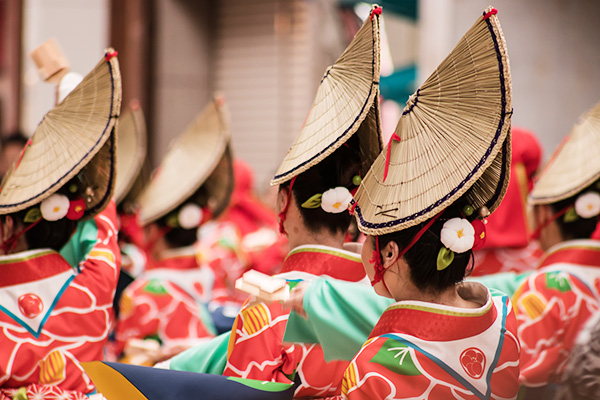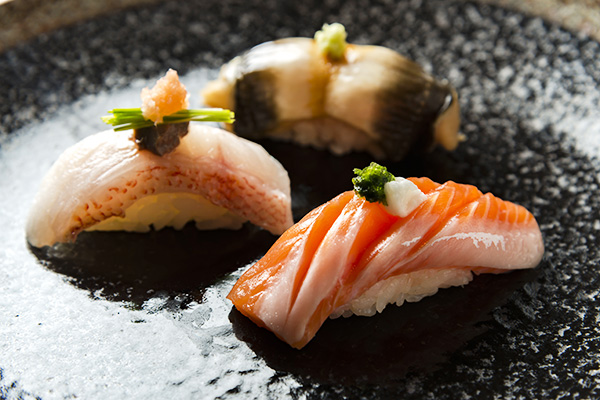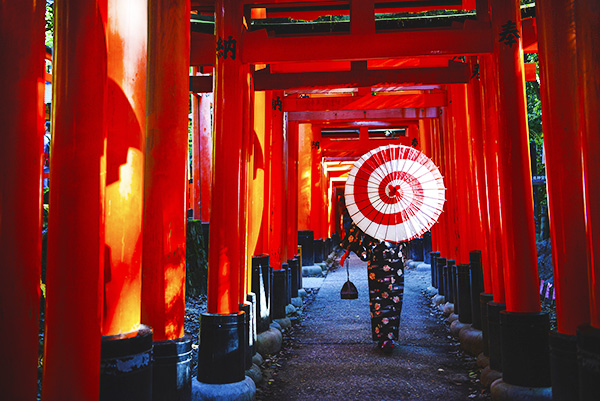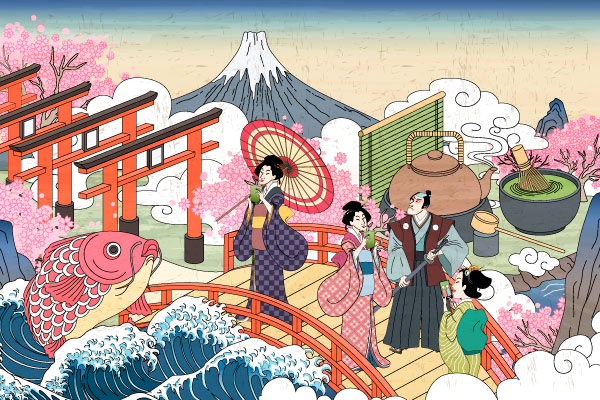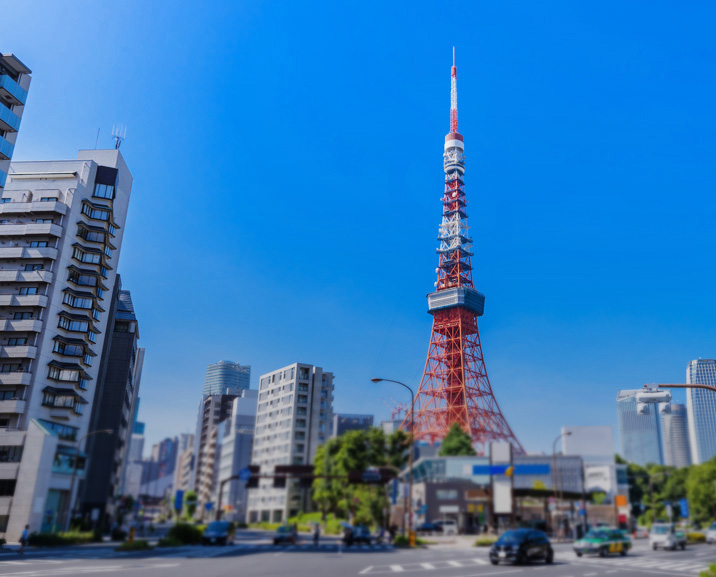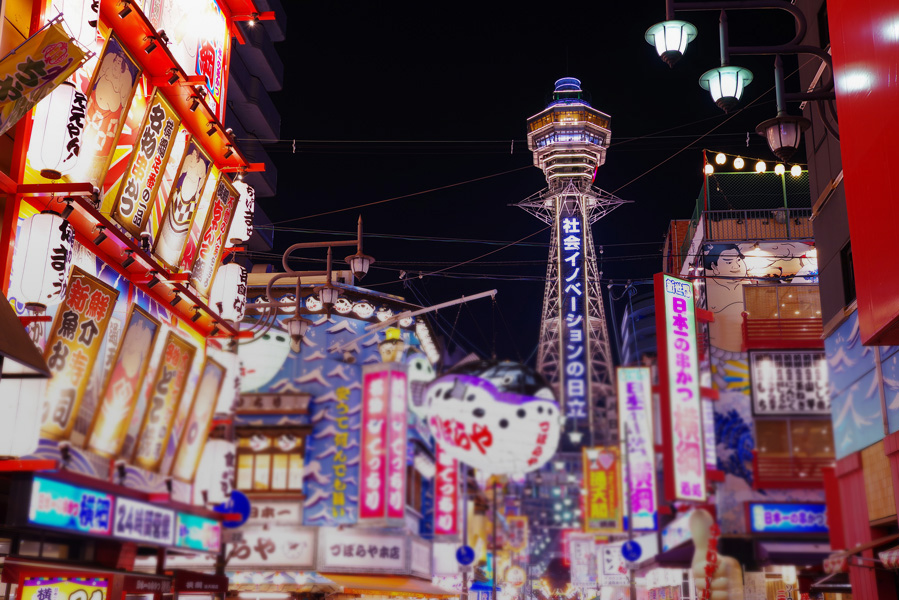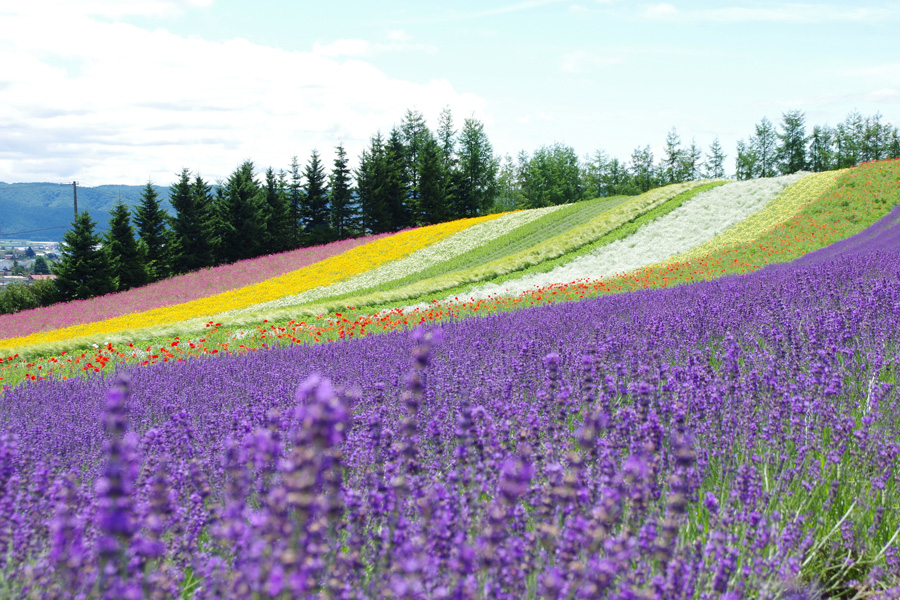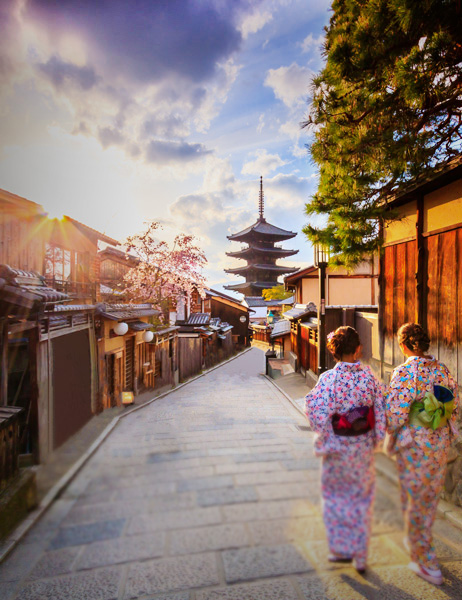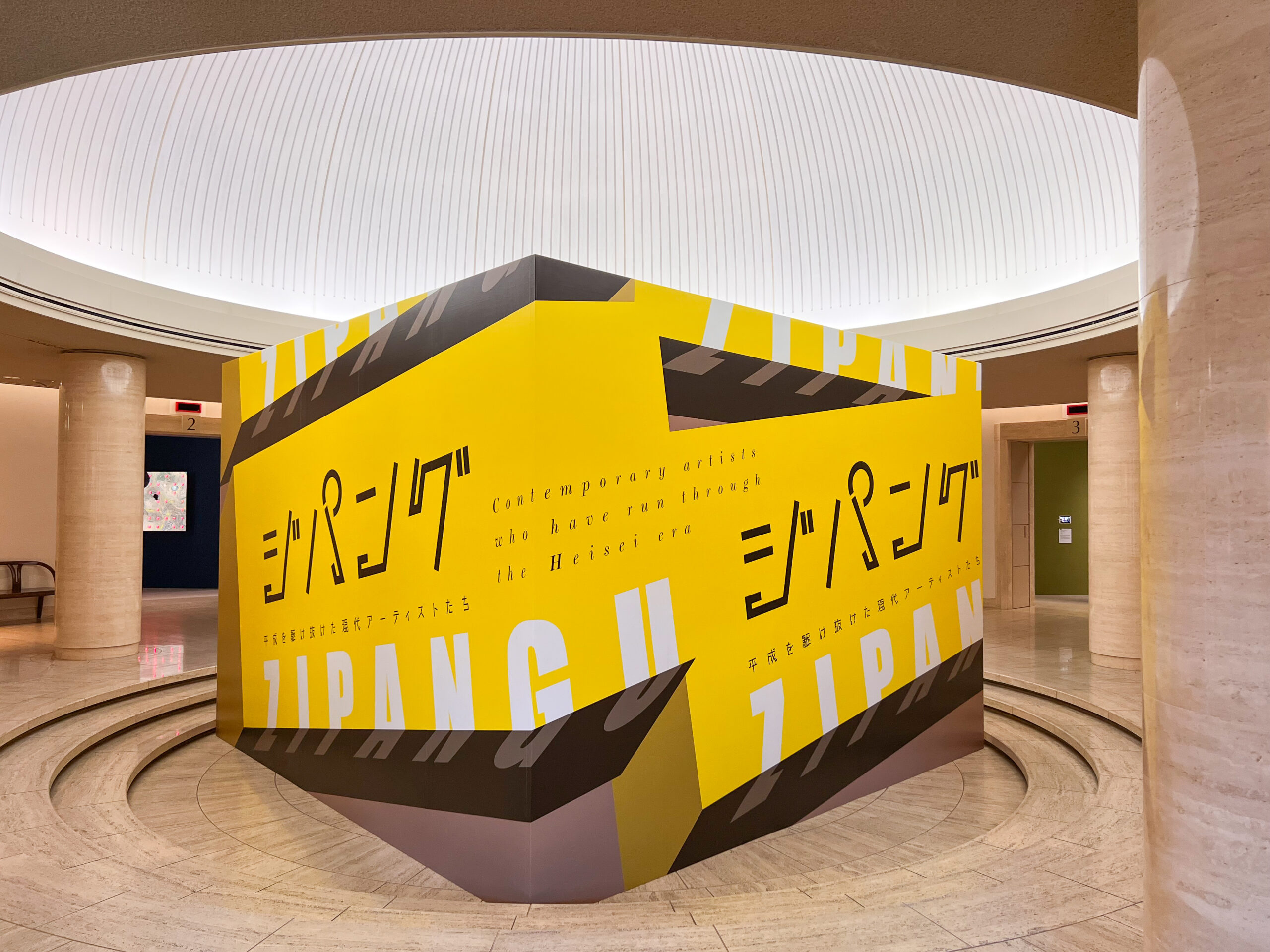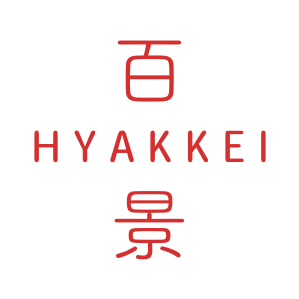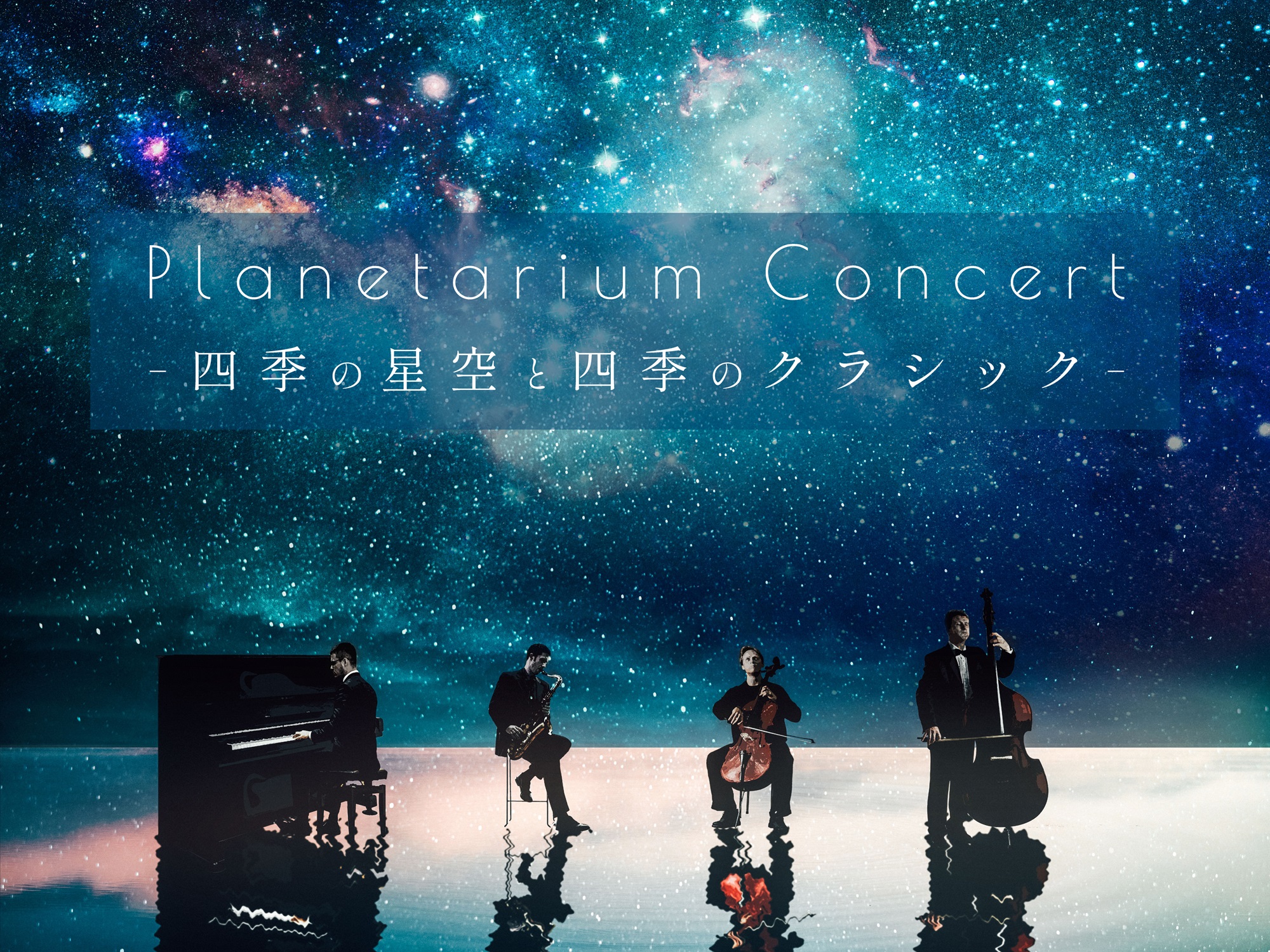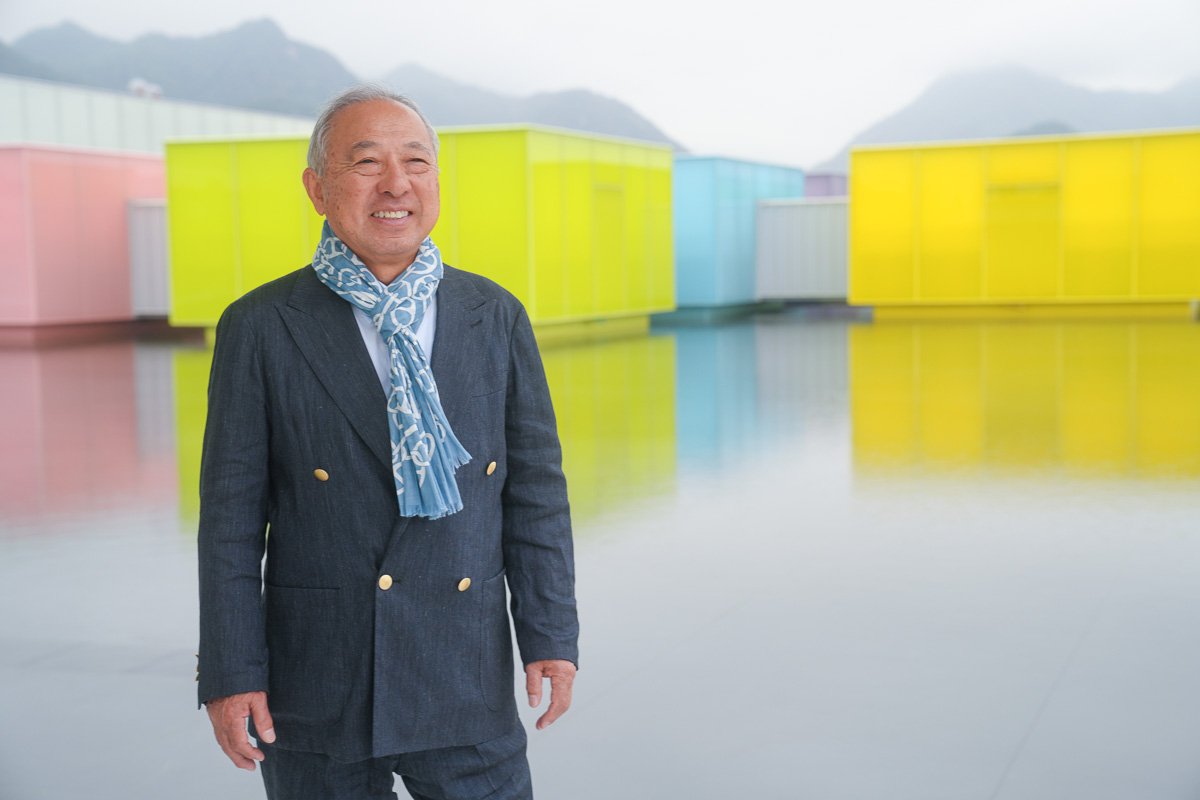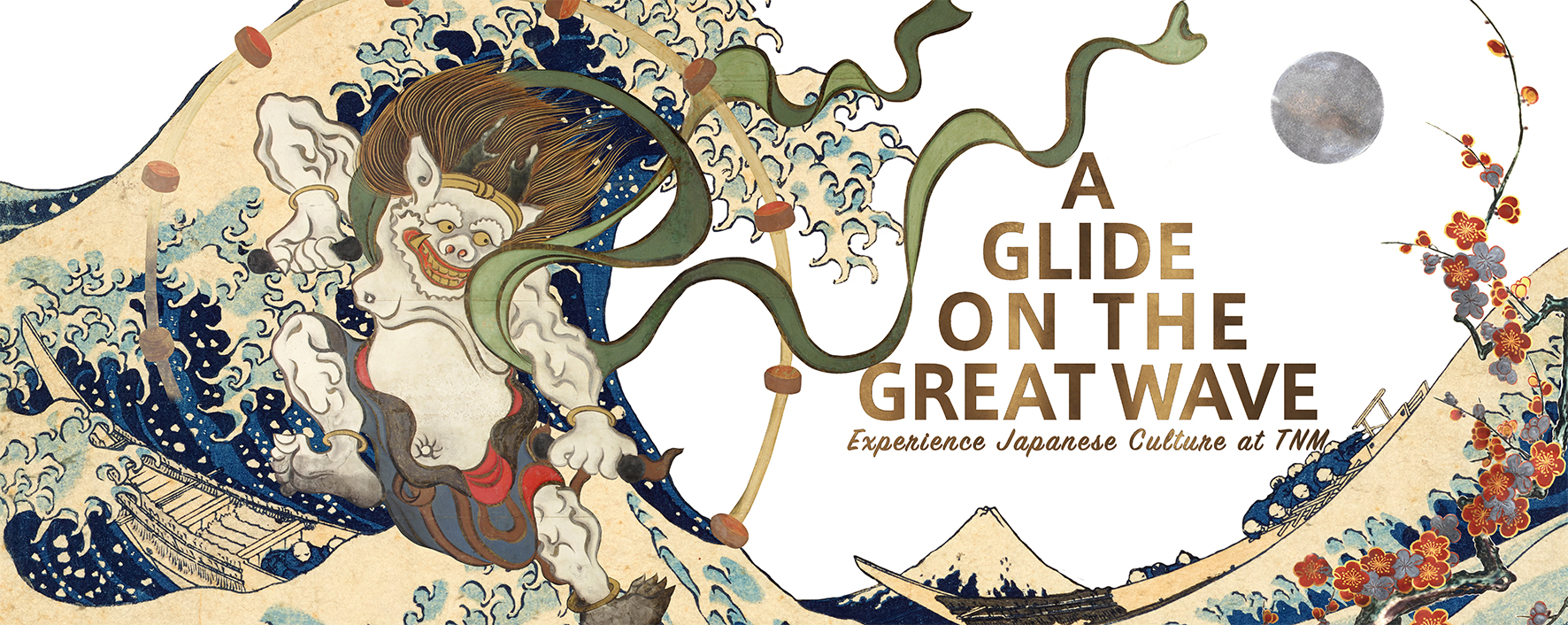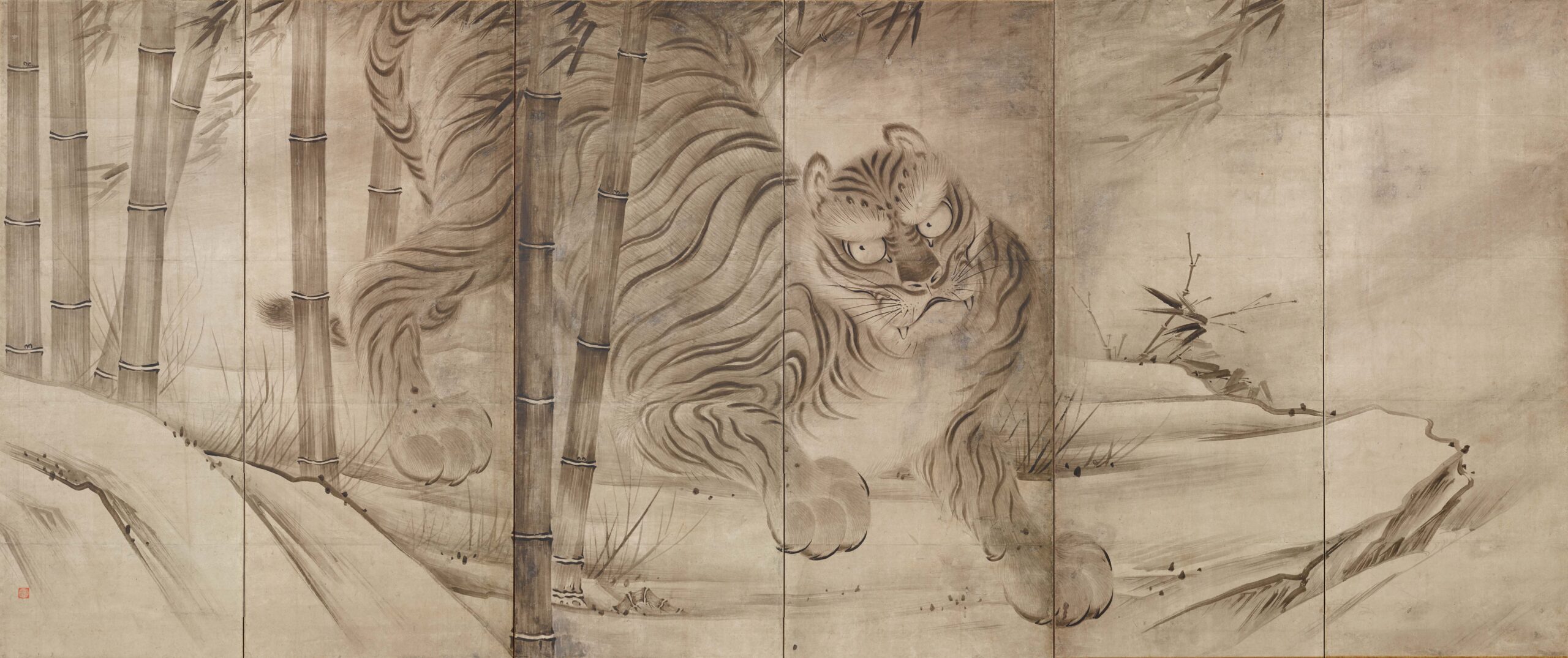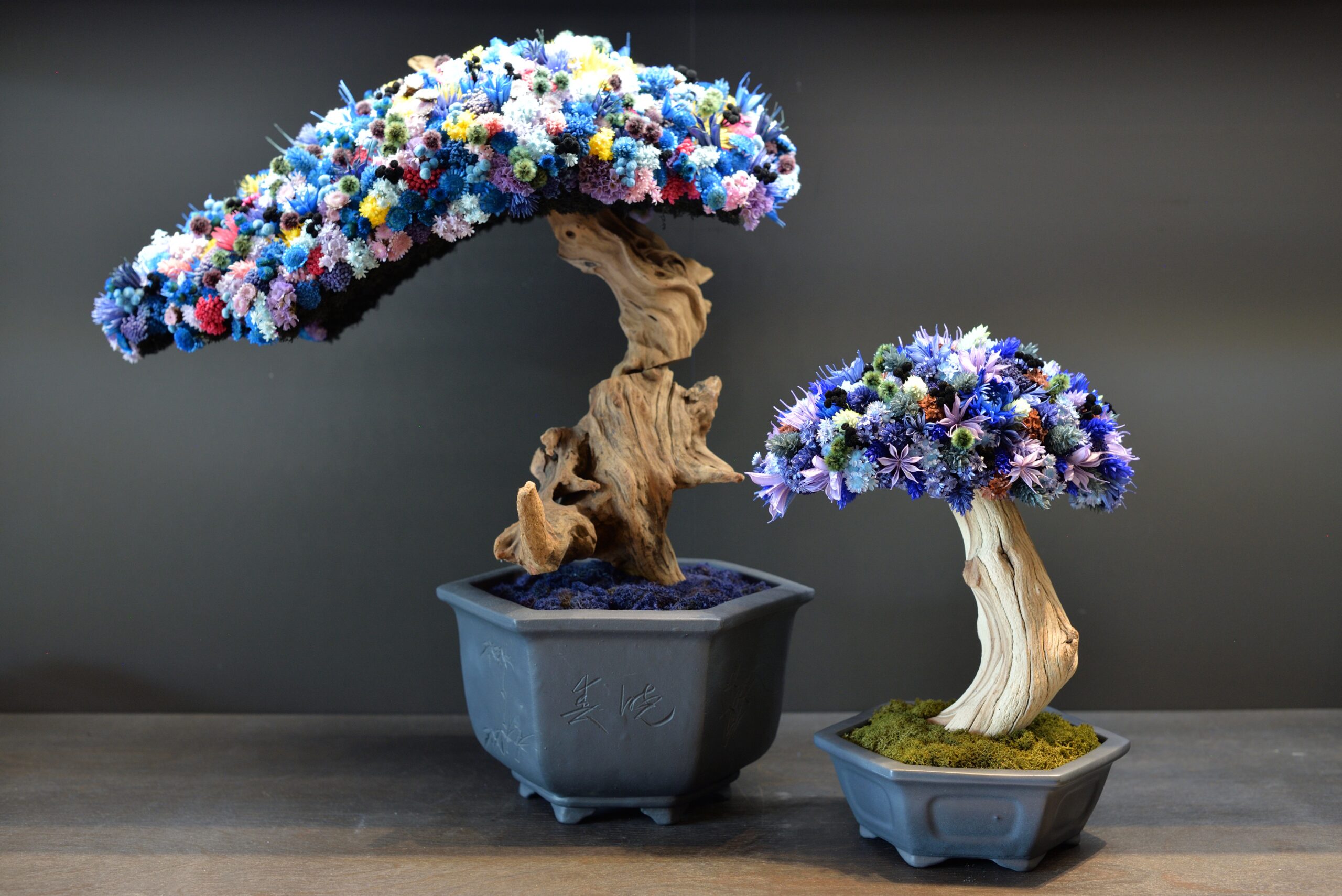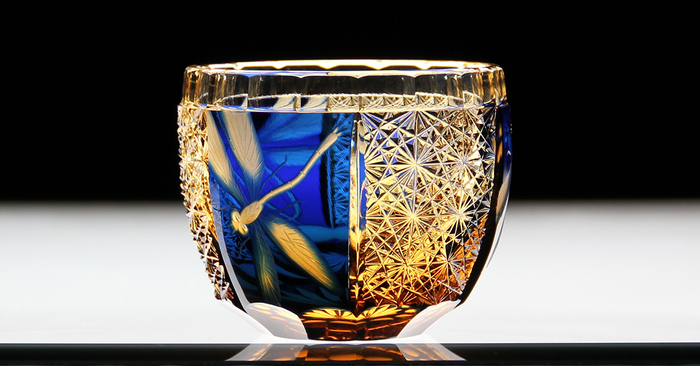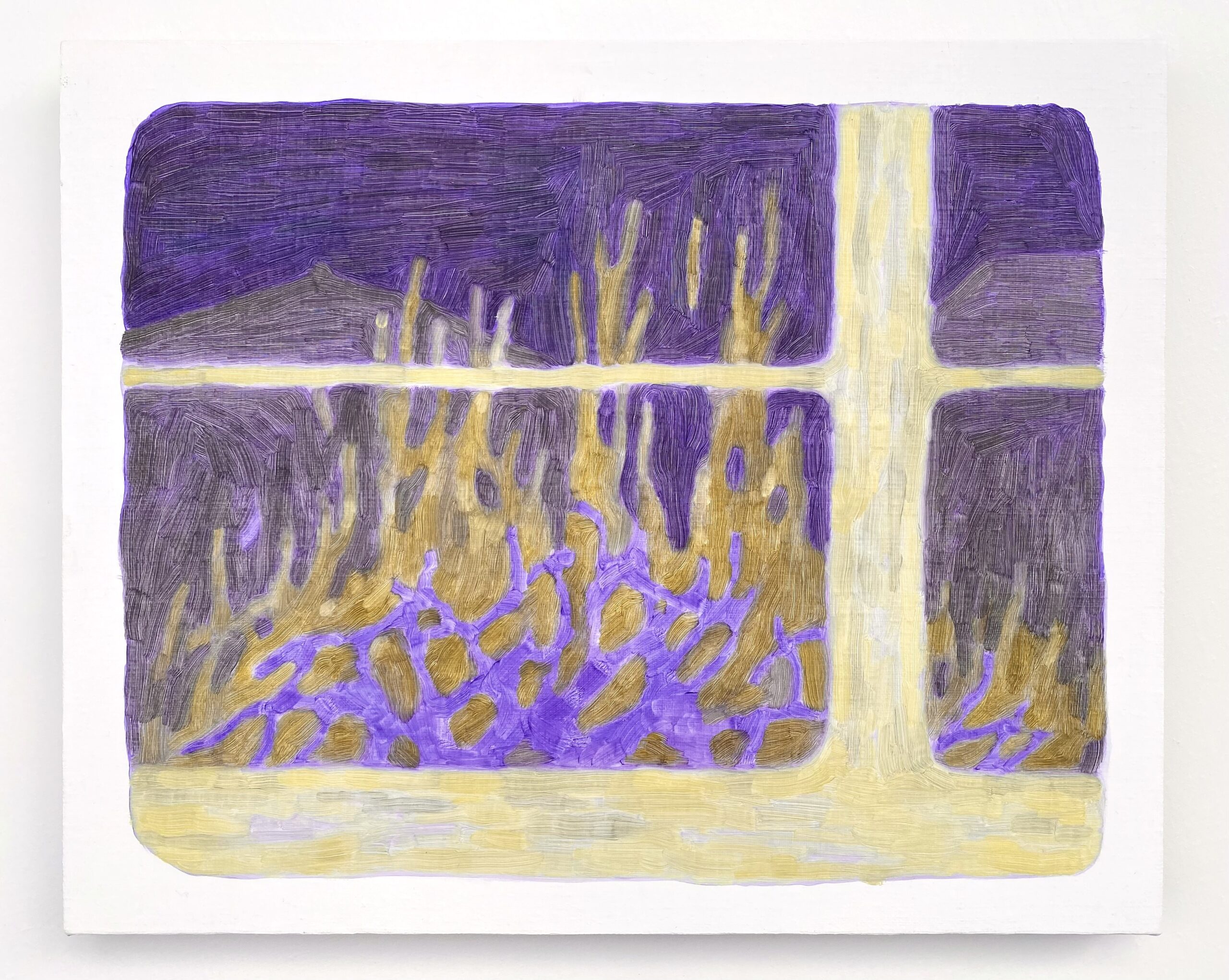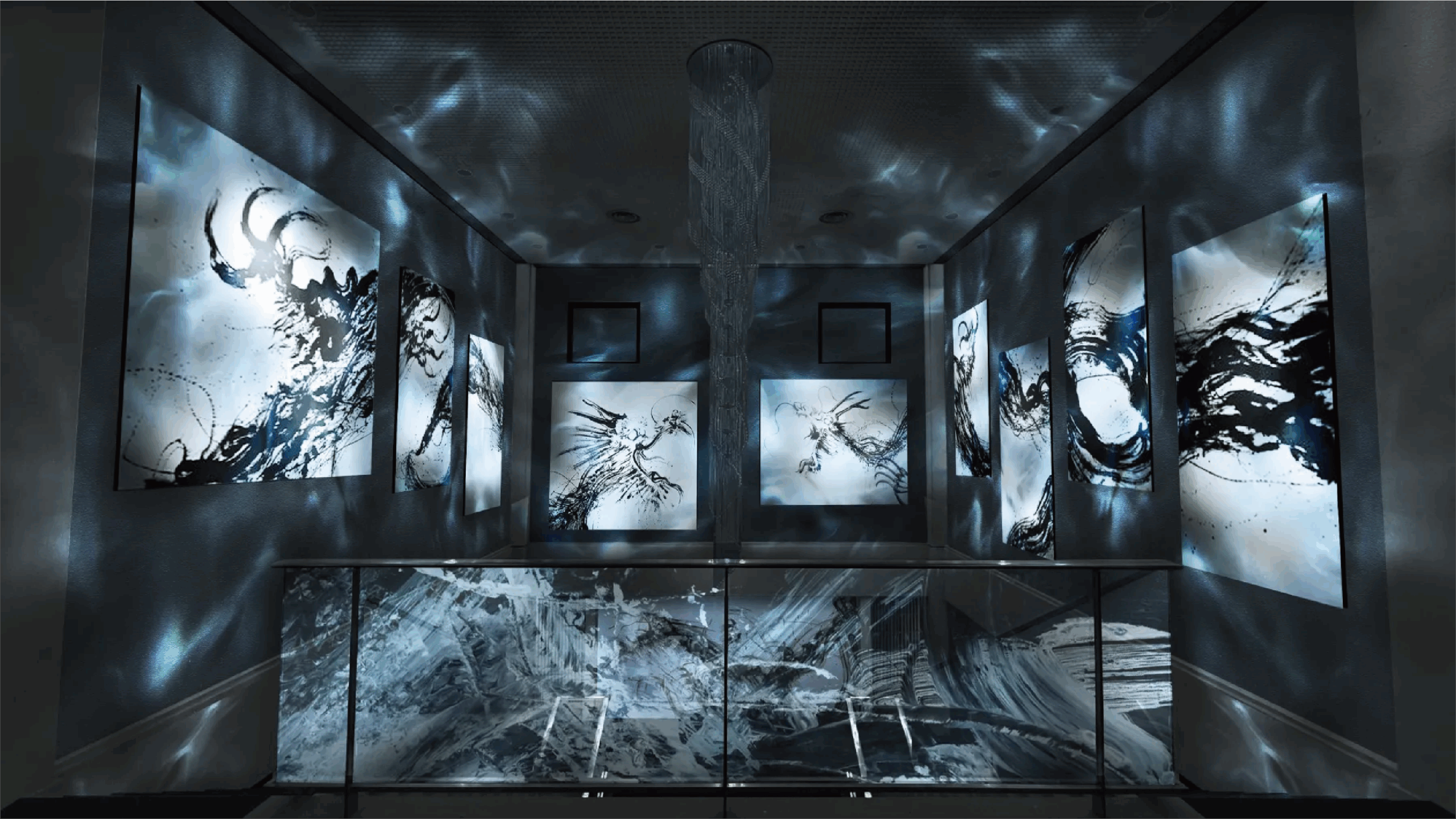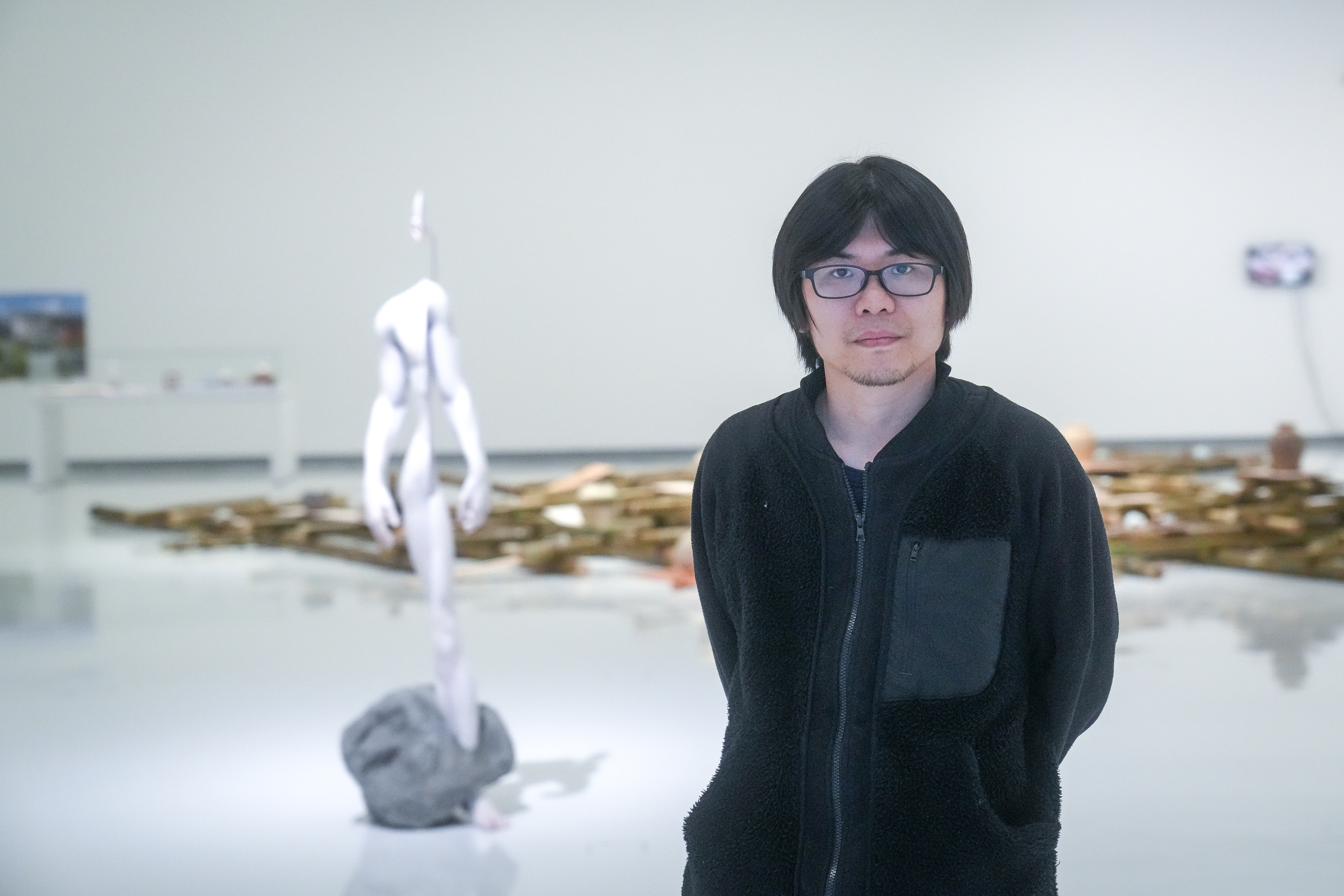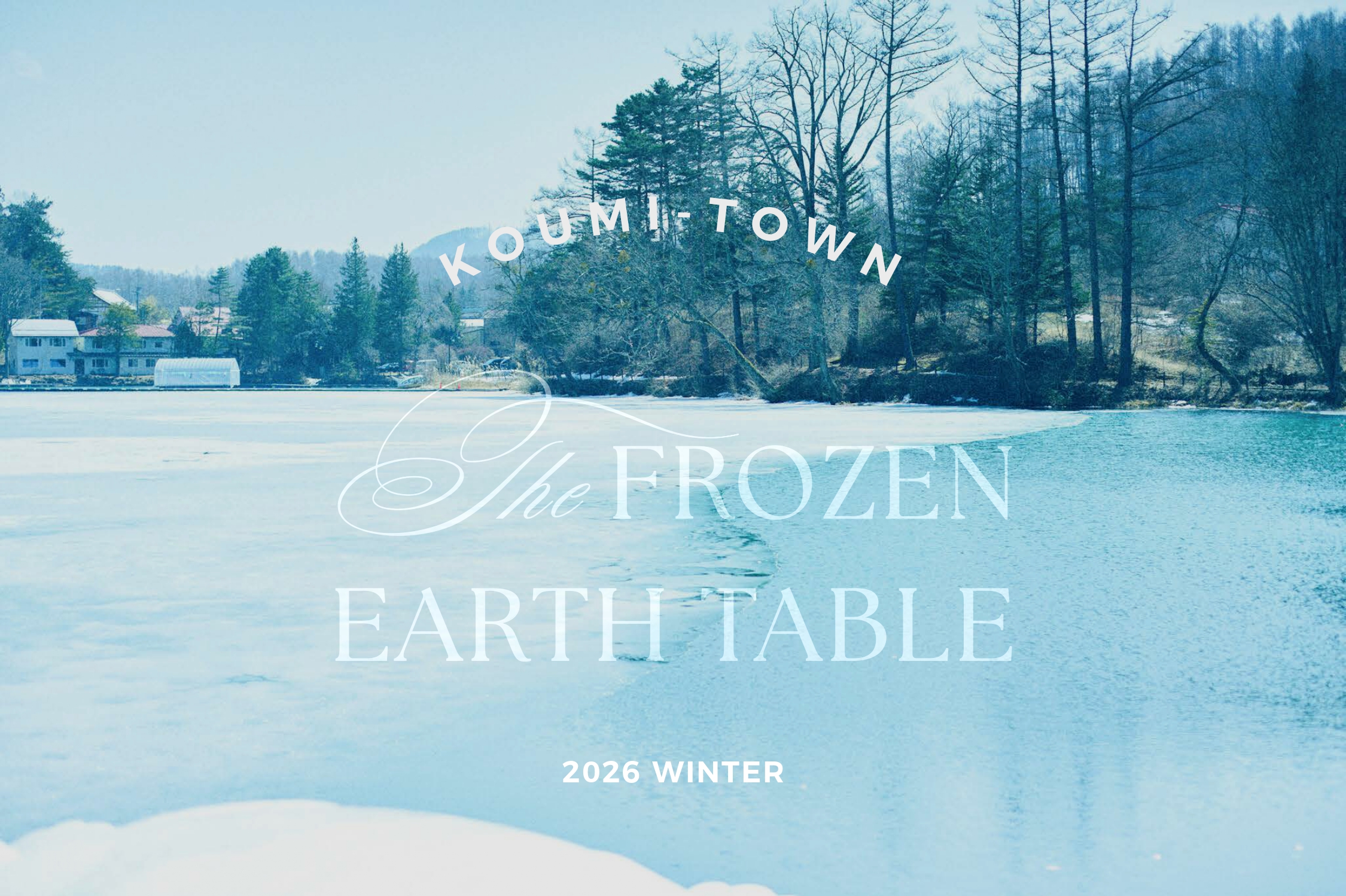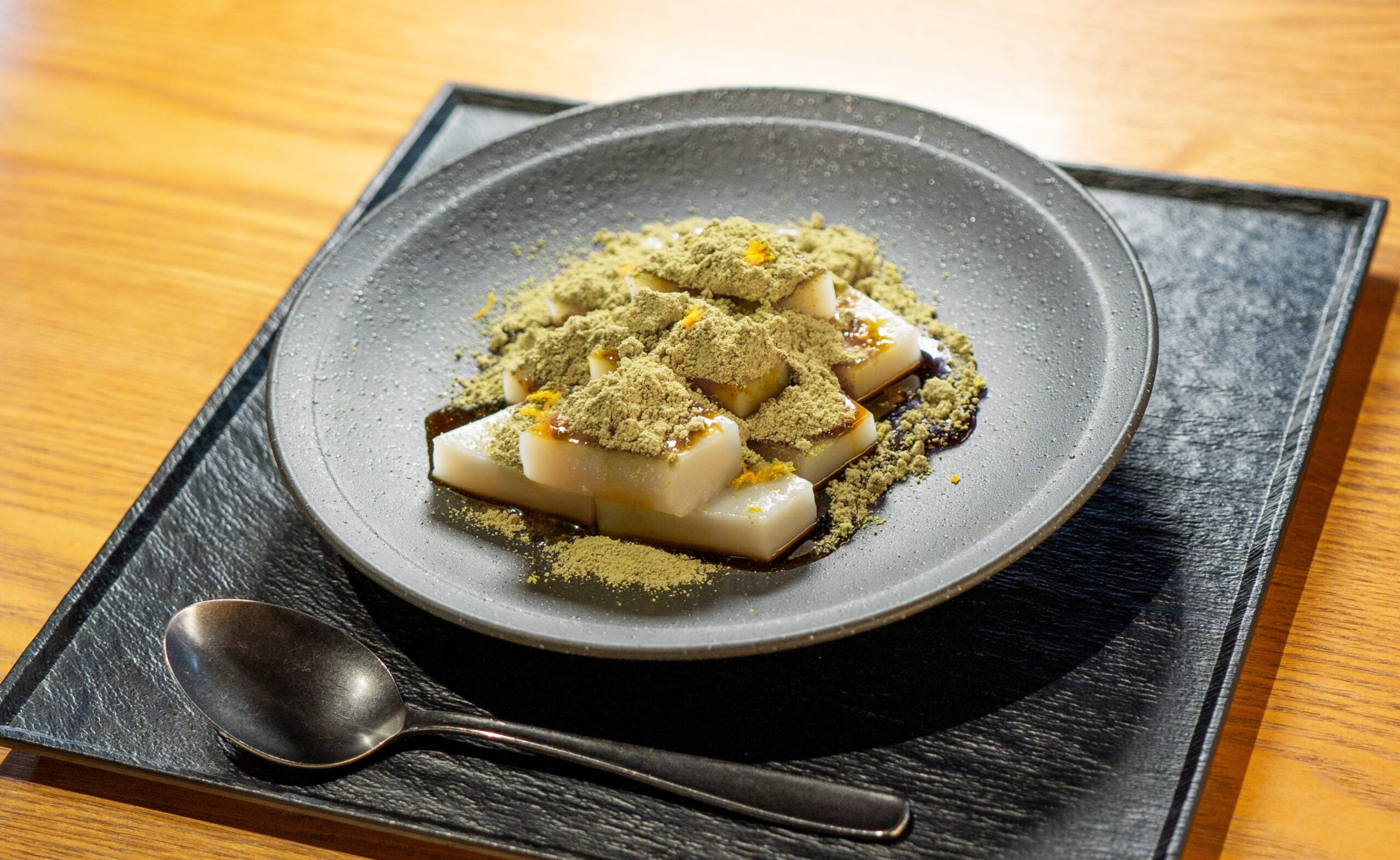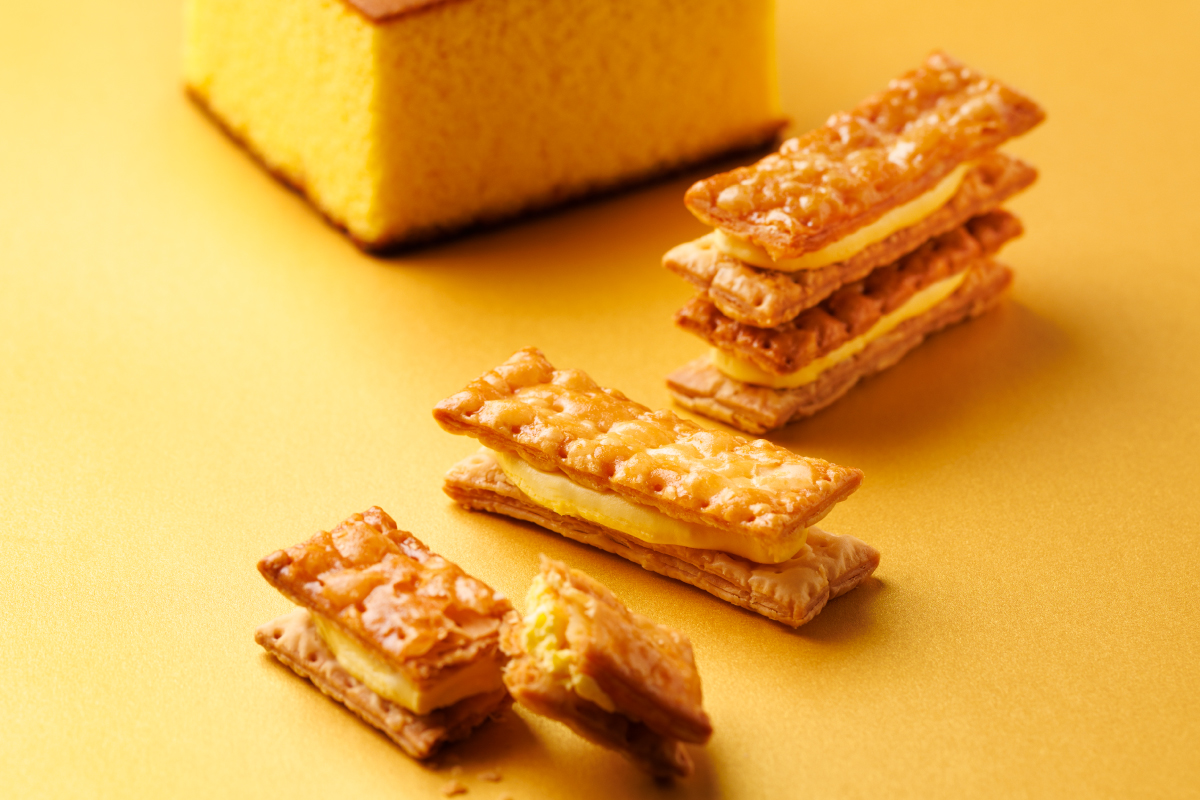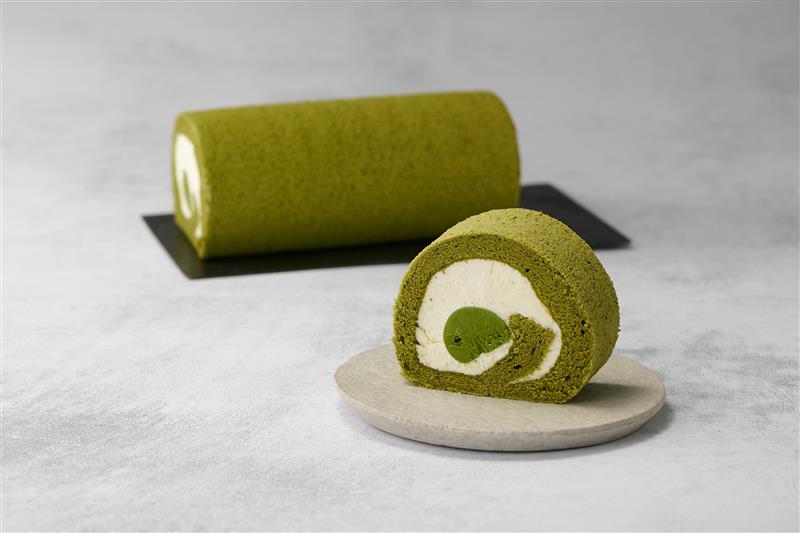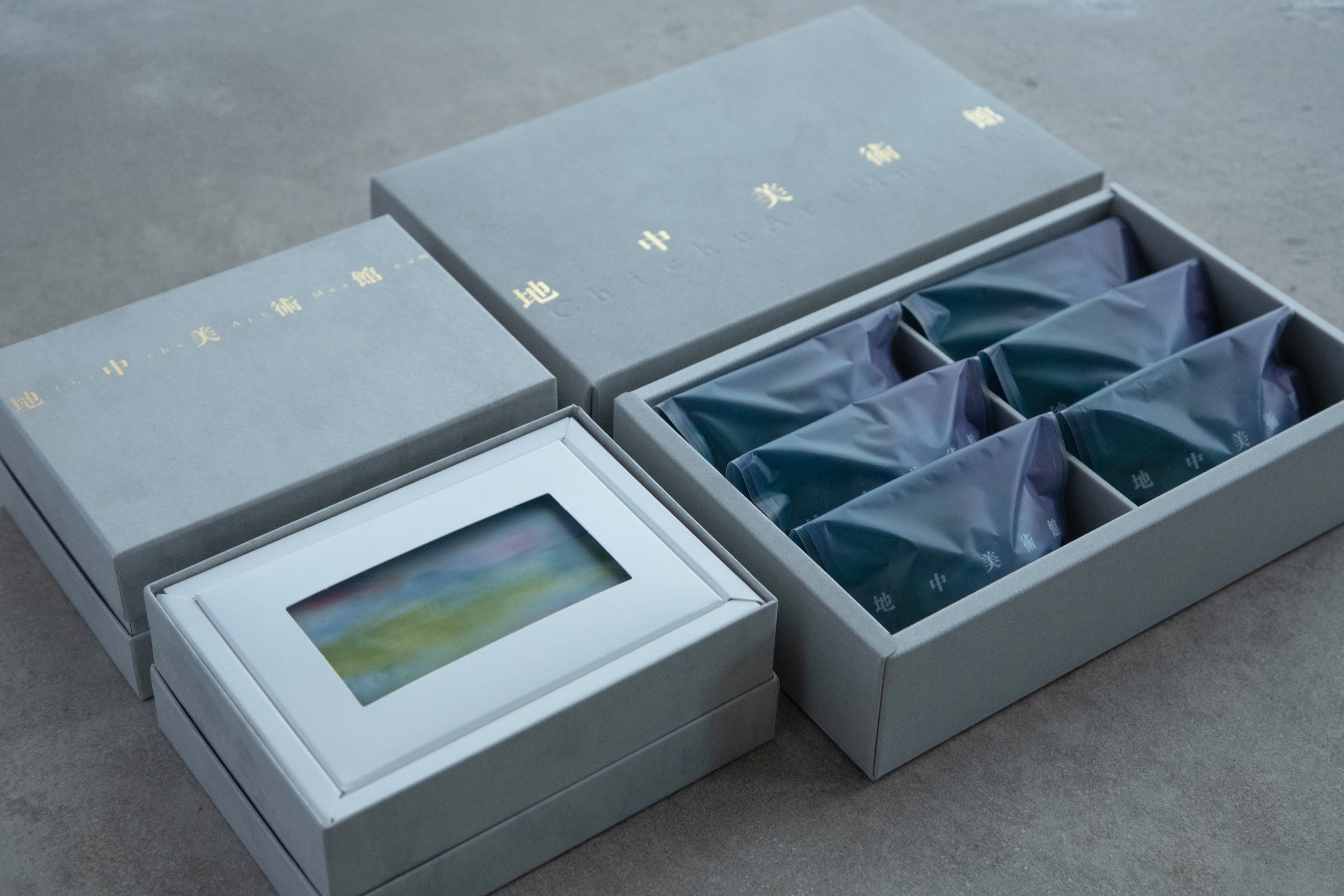| Date: |
2 November – 22 December, 2024 |
| Hours: |
9:00 a.m. – 5:00 p.m. |
| Organizer: |
Hiroshima Museum of Art, Hiroshima Television Corporation, and Chugoku Shimbun |
| Planner: |
Mizuma Art Gallery |
| Sponsor : |
Hiroshima Bank
|
An Exhibition of Japan’s Leading Artists
The so-called “Lost Three Decades” may, in fact, be seen as a period during which the Japanese people rediscovered their identity. This can be seen in the numerous unique forms of content that could only have been created in Japan, many of which have earned global acclaim. The ZIPANGU exhibition brings together the works of distinguished top artists who defined and thrived during the Heisei era.
[Artists/29 pairs]
AIDA Makoto, AOYAMA Satoru, IKEDA Manabu, ISHIDA Tetsuya, IWASAKI Takahiro, USAMI Masahiro, EGUCHI Ayane, O JUN, OKAMOTO Ellie, OGINO Yuna, KATO Izumi, KANEKO Tomiyuki, KUSAMA Yayoi, KOMATSU Miwa, KONDOH Akino, SATOH Masaharu, SHIOTA Chiharu, TANADA Koji, teamLab, Chim↑Pom from Smappa!Group, TSUTSUI Shinsuke, Namonaki Sanemasa, UMEZAWA Kazuki, NARA Yoshitomo, MIYAJIMA Tatsuo, MIYANAGA Aiko, Takashi MURAKAMI , MORI Junichi, and YAMAGUCHI Akira
< ZIPANGU Exhibition / Selected Works >
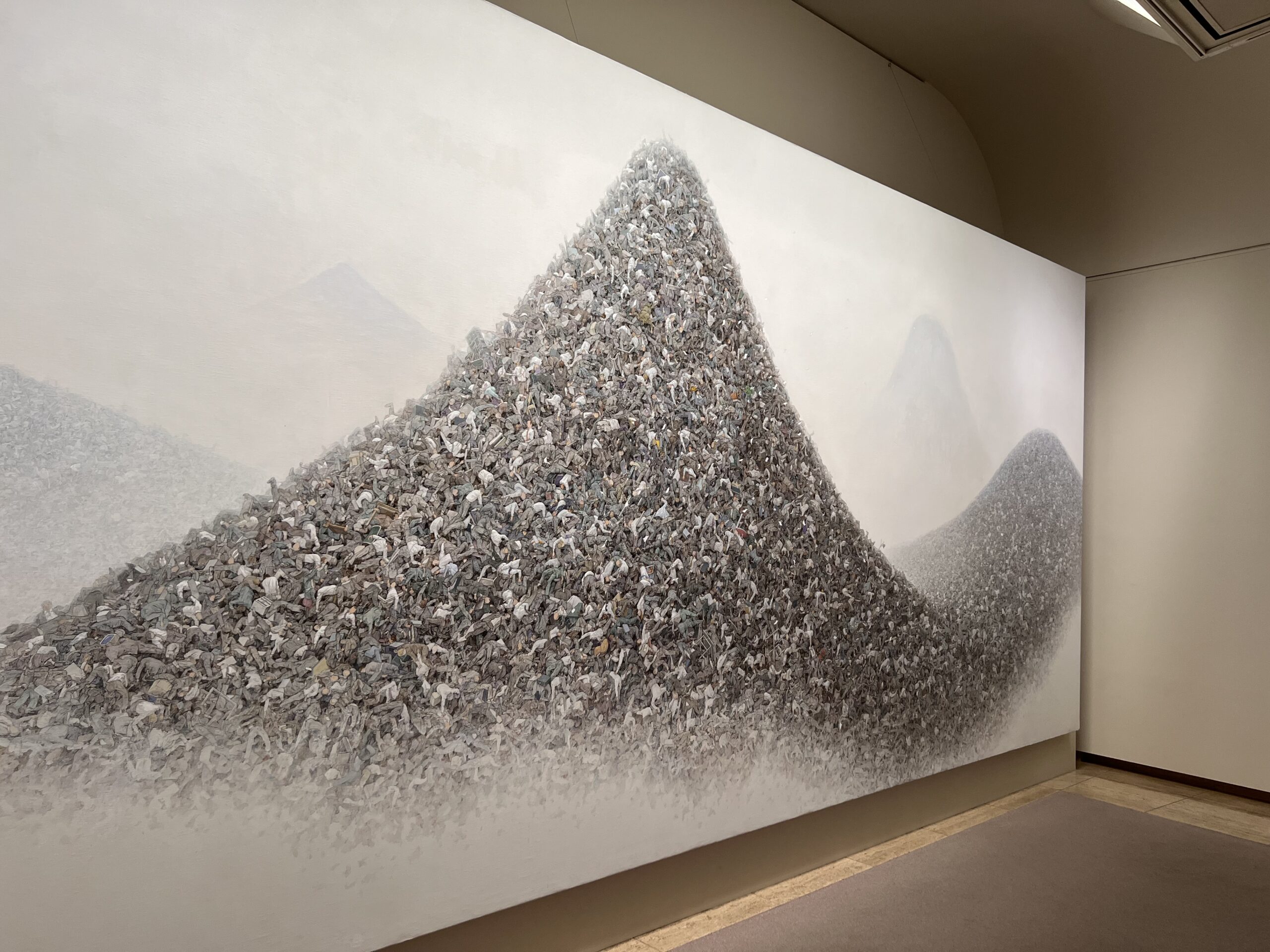
Aida Makoto, “Ash Color Mountains” (2009-2011) Cooperation:Watanabe Atsushi Taguchi Art Collection / Taguchi Art Foundation Photo: Miyajima Kei
© AIDA Makoto, Courtesy of Mizuma Art Gallery
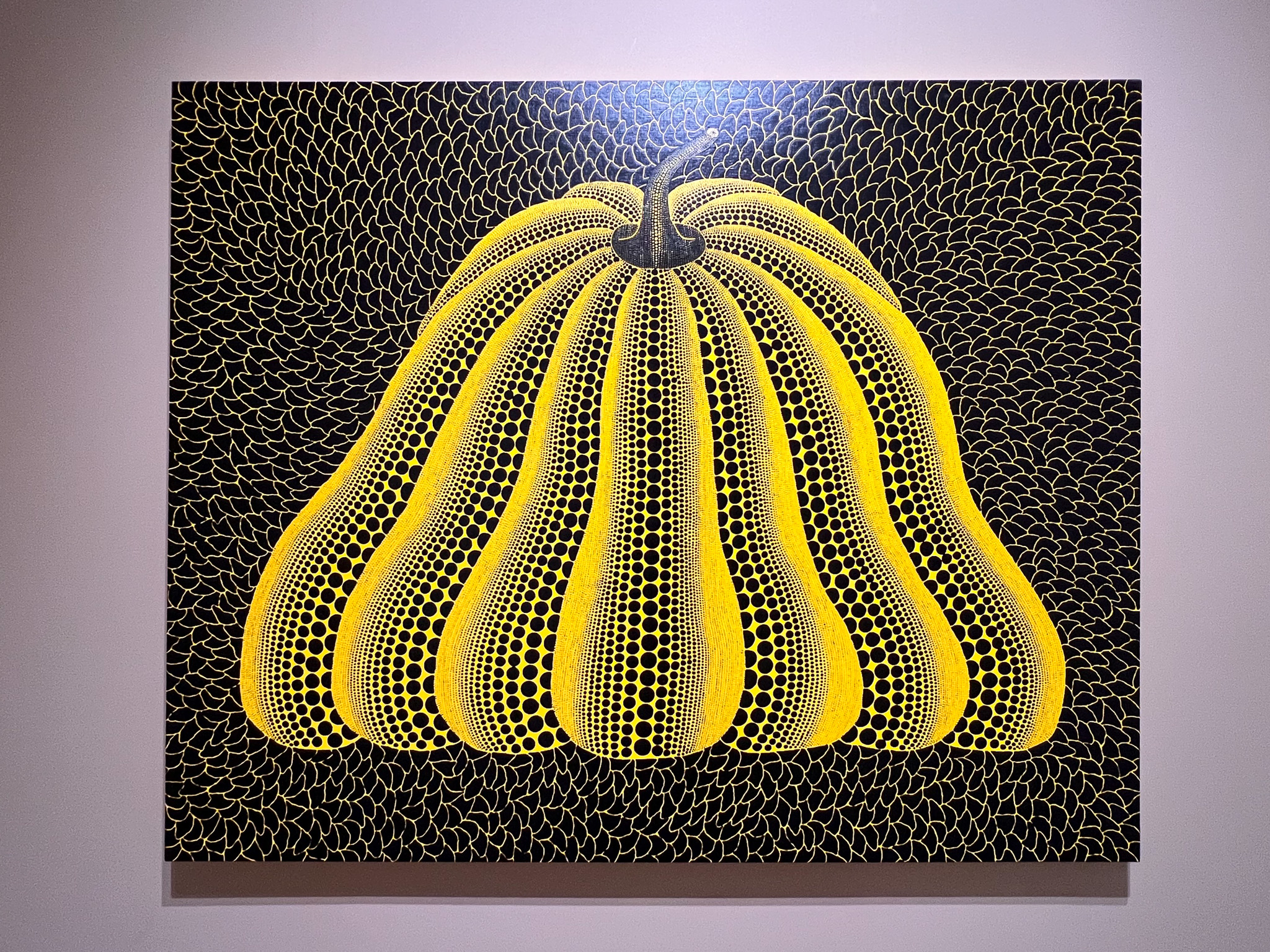
Kusama Yayoi,”PUMPKIN”(2015)Collection of the artist © YAYOI KUSAMA
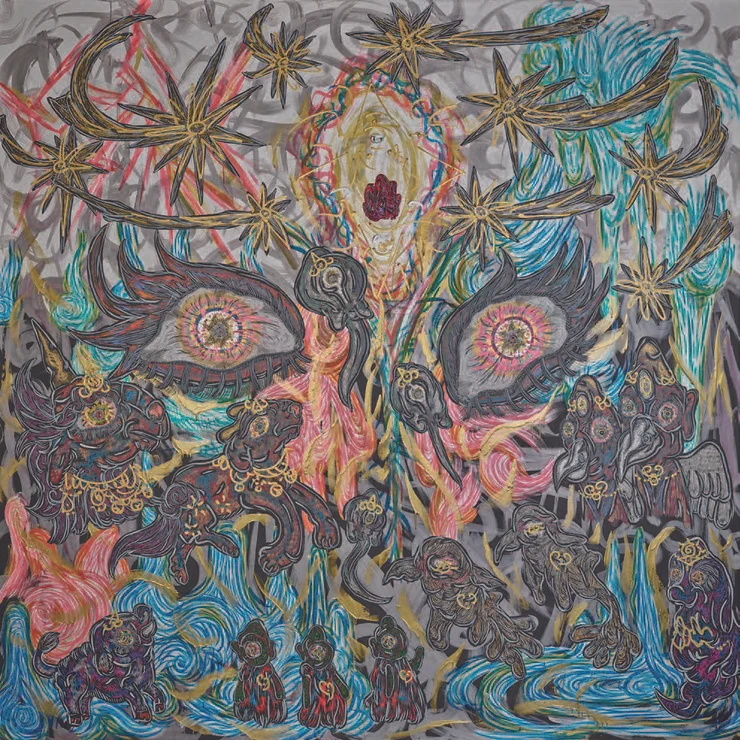
Komatsu Miwa, “Time of Spirits” (2024) Collection of Fudo Co., Ltd.
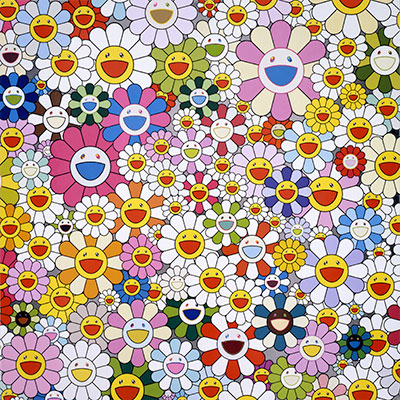
Takashi Murakami, ” Maiden In The Yellow Straw Hat” (2010)Taguchi Art Collection / Taguchi Art Foundation © 2010 Takashi Murakami/Kaikai Kiki Co., Ltd. All Rights Reserved.
[Takashi Murakami x Sueo Mizuma Online Dialogue Event] Report:
The dialogue event between Takashi Murakami and Sueo Mizuma was held at the RIHGA Royal Hotel Hiroshima, located next to the Hiroshima Museum of Art. Takashi Murakami participated online from the Miyoshi Studio, part of Kaikai Kiki, the organization he leads.
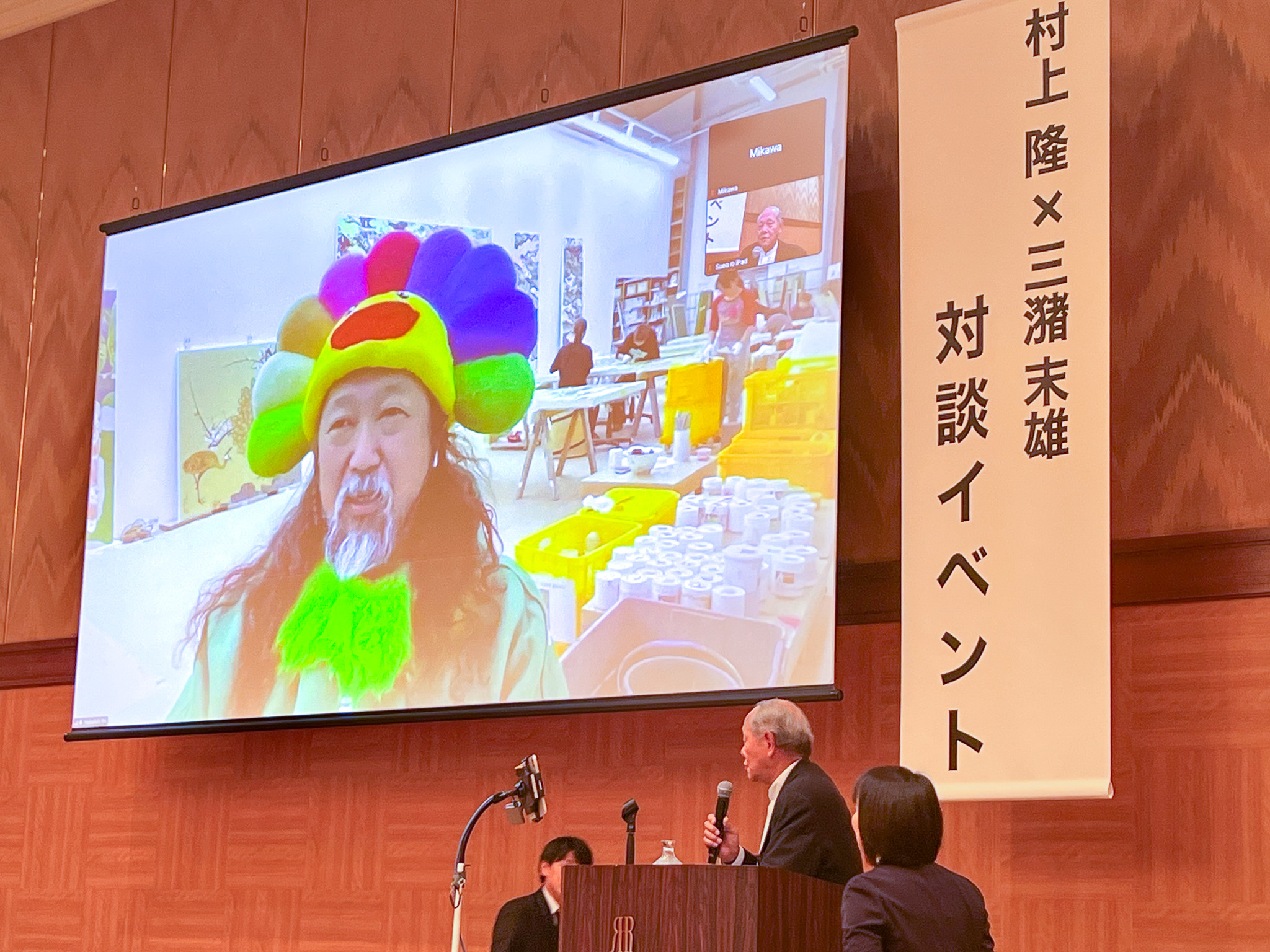
The dialogue event was held at the RIHGA Royal Hotel Hiroshima.
The dialogue looked back on the history of how Takashi Murakami and Sueo Mizuma first met, followed by a chronicle of Murakami’s works since that time. As Murakami himself has publicly stated on X (formerly Twitter), Mizuma was the second person to purchase one of his works before his career breakthrough. This highlighted the long-standing history of collaboration and mutual connection between the two.
"Beyond Geijutsu Kigyo Ron (The Art Entrepreneurship Theory)": Discussing a New Era in Contemporary Art
Their discussion gradually became more animated, shifting its focus to the environment surrounding contemporary art.
Murakami: “The scale of money circulating in the global art scene today is completely different from 30 years ago, when I made my breakthrough. The world has also become much smaller, making it extremely difficult to create moments of genuine discovery. I think it’s challenging to approach the global art scene with the same methods we used 30 years ago.”
Mizuma: “What are your thoughts on the fact that many Japanese artists today are referencing your book ‘Geijutsu Kigyo Ron’ in their creative practices?”
Murakami: “The experiences I’ve gained and the world I see now are completely different from when I published it. There was a time when I believed in what I had written in the book and acted on it, but the world has changed so drastically that I now think it’s impossible to use it as a basis to break into the global stage.”
‘Geijutsu Kigyo Ron’, which once made a significant impact not only in the art world but also in the business world, was revisited during the discussion. Murakami’s comments symbolized the end of an era, and the audience received them with a sense of surprise and reflection.
The enormous bubble in the global art scene is expected to collapse soon, paving the way for the emergence of a new era.
The discussion also touched on the current bubble-like state of the global art market and explored the future potential of Japanese art.
Murakami: “In the 1980s, during Japan’s economic bubble, the nihonga (Japanese-style painting) world, led by Ikuo Hirayama at its peak, reached its zenith. However, with the collapse of the bubble, the nihonga scene came to an end. A similar situation is now emerging in the global art scene.
Money flows into promising scenes, attracting artists and giving rise to new works. This kind of bubble-like phenomenon, I believe, will inevitably crash one day. However, even if the art market crashes, the art market itself will never disappear. Instead, new scenes will emerge and continue to grow.”
Mizuma: “From your perspective, having reached the top of the global art world, do you have any messages for young people in Japan?”
Murakami: “Recently, I have been focusing my expressions and communications primarily on YouTube, so I encourage you to check it out there. I am also deeply interested in the enthusiasm and setbacks of postwar Japan, including the student movements, and I have been exploring that history.”
On his YouTube channel, Takashi Murakami has shared his thoughts on the future potential of Japan’s art world as follows:
Murakami: “Japan’s rich and abundant content is, without a doubt, the best in the world in both quality and quantity. More than 100 years from now, just as Ukiyo-e came to be recognized as art, it is inevitable that today’s subculture works—centered around anime and manga—will also be regarded as art. For example, the original drawings by contemporary manga artists will likely be recognized in the future as highly valuable works of art on a global scale.”
This reflects Takashi Murakami’s characteristic bold redefinition of value. His ongoing attempt to connect subculture with the context of contemporary art remains unchanged, but there is growing anticipation for how he plans to push this approach even further in the future.
Additionally, Mizuma shared his perspective on how Japanese artists can thrive in the global art scene:
Mizuma: “To succeed in the globalized art world, I believe that works emerging from local sensibilities and animistic perspectives hold real power. Artists from regions on the periphery of the global art world, such as Japan, should use their unique local identity as an advantage to take on the world.”
[Interview with Sueo Mizuma]
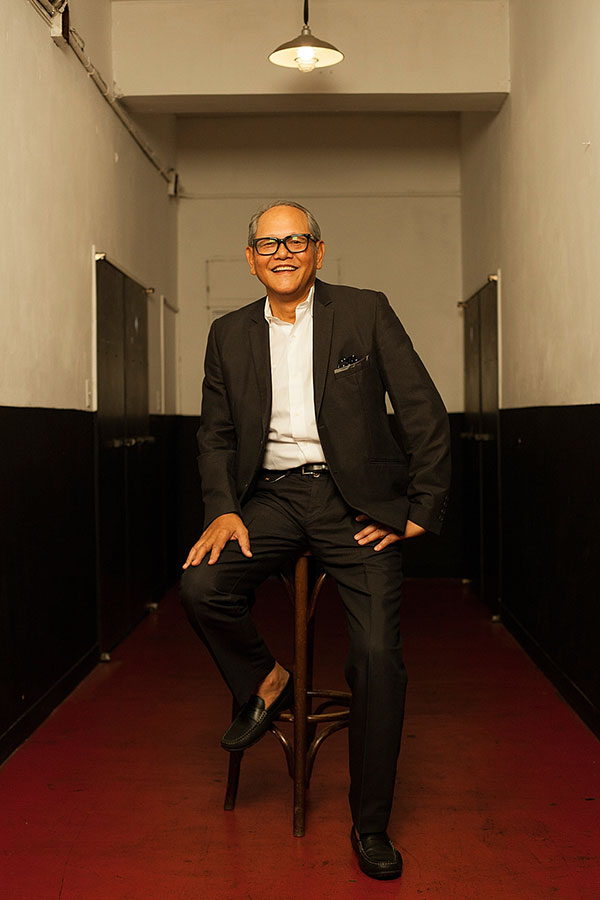
Sueo Mizuma, Director of Mizuma Art Gallery (Photo by Hiroshi Noguchi)
"I wanted to create a platform to bring together the works of Japan’s top artists and present them to the world as a single exhibition."
Sueo Mizuma, the gallerist who organized the ZIPANGU exhibition, shared the concept behind the exhibition and the thoughts.
Mizuma: “The previous ZIPANGU exhibition (2011–2012) was launched with the hope of bringing light to the hearts of the Japanese people through the power of art, following the Great East Japan Earthquake.
This time, the theme is to showcase the power of Japanese art to the world. We want to boldly present the beauty of Japan, discovered by the Japanese people themselves, to a global audience,” he passionately stated.
Mizuma: “There have been occasions where individual top Japanese artists have held their own exhibitions. Some have achieved success on the global stage as individual artists. However, there has never been a platform where their works came together to represent Japanese art to the world. That is what I wanted to accomplish this time.”
The traditional oriental expressions of Japan hold a unique power to resonate globally.
Mizuma: “There is a history of Japanese art being described as “oriental,” and for a long time, we took this as praise. However, it became clear that this term actually indicated that Japanese art was viewed as part of a peripheral scene from the perspective of the global art world. It was not truly a compliment, but rather a label signifying “peripheral art,” with the Western art scene positioned at the center.
In the 1990s, a modern Japanese art exhibition was held in New York, but it was regarded as the work of epigones of Western art, described as derivative works lacking originality. This became an opportunity to confront the question of what defines Japan’s unique sense of beauty and artistic expression. Over the 30 years of the Heisei era, artists capable of challenging the world with distinctly Japanese forms of expression have emerged. The ZIPANGU exhibition brings together the works of these artists.”
Japan's beauty and cultural value have always been discovered from the outside, dating back to the time of Marco Polo.
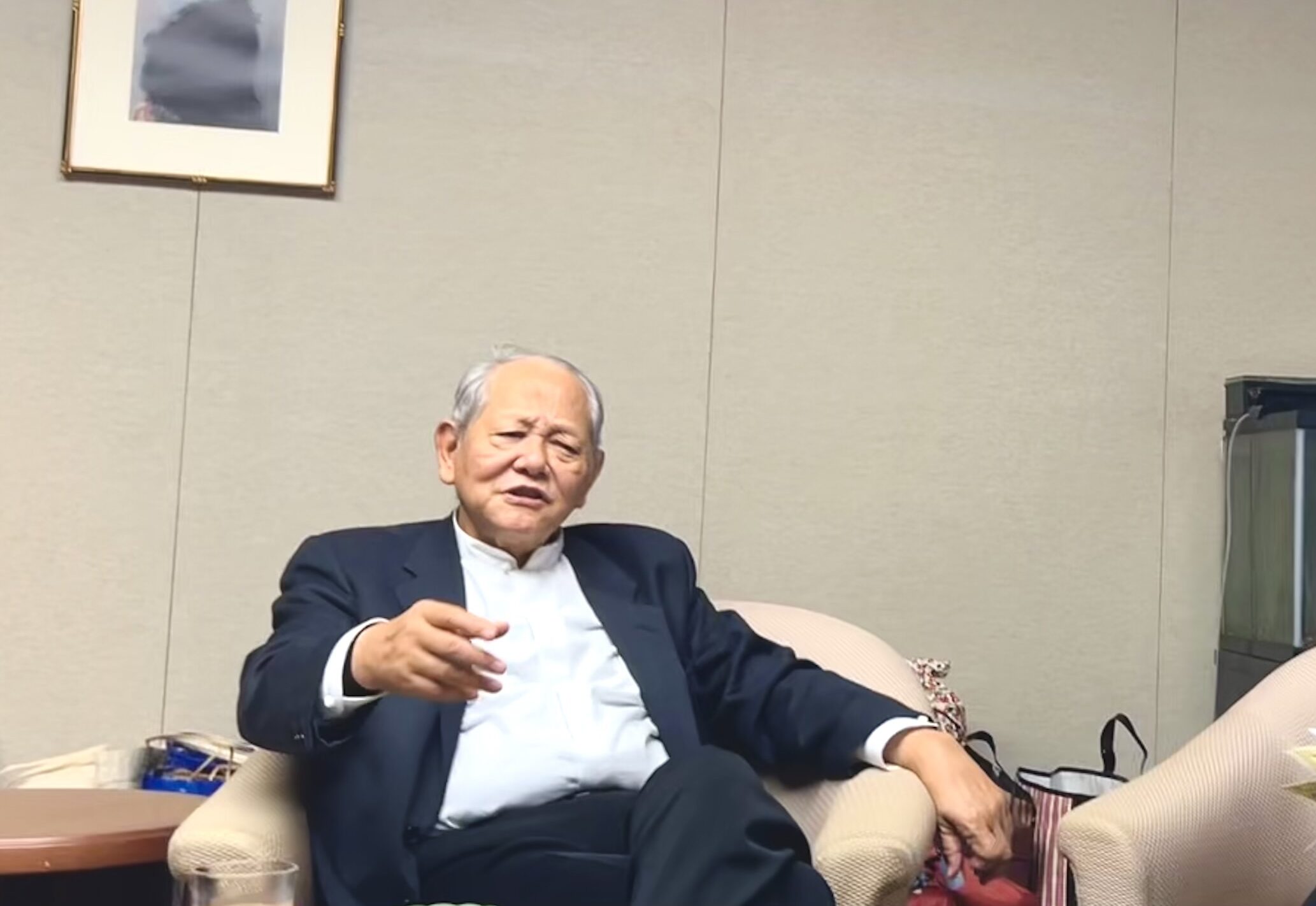
Sueo Mizuma being interviewed at the Hiroshima Museum of Art.
Mizuma: “Japan’s beauty and cultural value have always been discovered from the outside, dating back to the time of Marco Polo. It is for this reason that this exhibition was named “ZIPANGU.”
“What motivated me for the current ZIPANGU exhibition was the opening of a world-class art gallery in Azabudai Hills. It felt like the arrival of the Black Ships. I realized that now is the time for Japan to proactively showcase itself to the world.”
[A Message to Japan’s Young Leaders] "Buy Japanese Art"—Support Japanese Culture
Mizuma: “In the Edo period, there was a group known as the “Danna-shu” (patrons), who supported Japanese painters. From the Meiji era to the collapse of the bubble economy, zaibatsu conglomerates and large corporations acted as patrons, sustaining Japanese art. The so-called “Lost 30 Years” could perhaps also be described as the 30 years during which the “Danna-shu” were lost.
That is why I encourage young people, especially entrepreneurs, to actively purchase and support Japanese art. Wealthy individuals in countries like Indonesia are also supporting their own nation’s art through active purchases.
There are instances where young entrepreneurs purchase art and attract attention, and I believe that the spread of such movements can have a positive impact on fostering a deeper appreciation of art and supporting the art scene. I think it is now a crucial time for Japanese people themselves to support and nurture Japan’s art scene. What the world is seeking now are aesthetic sensibilities and artworks based on Japan’s unique orientalism and animistic intuitions.”
HYAKKEI Editorial Note
The Value of Being “Local” in a Global Context
Perhaps we have entered an era where it is time to reassess the value of Japan’s rich and unique content—content that inherently exists in abundance and has the potential to connect with the world of art. Being “local,” or existing outside the global mainstream, holds its own unique value. There will undoubtedly come a day when Japan’s distinctive cultural assets receive greater recognition and appreciation on the global stage.
It is particularly fascinating—and deeply inspiring—to see how Takashi Murakami and Sueo Mizuma share a resonant understanding of this point.
The works of Japan’s most illustrious and celebrated top artists not only represent a history of challenging the global art scene but also serve as a reservoir of future possibilities. We strongly encourage you to take this rare opportunity to visit the ZIPANGU exhibition and experience this remarkable collection firsthand.
>ZIPANGU Contemporary artists who have run through the Heisei era – Special Exhibition – [Hiroshima Museum of Art]
| Date : |
2 November – 22 December, 2024 |
| Hours : |
9:00 a.m. – 5:00 p.m. |
| Place: |
Hiroshima Museum of Art |
| Adress: |
3 – 2 Motomachi, Naka-ku, Hiroshima Japan |
ART's Latest article
-
[Kyoto Okazaki Tsutaya Bookstore]An exhibition by Kansai-based painter Chihiro Yamada, ‘COME TO LIFE’, will be held from Saturday 25th October.
Kyoto
-
The World’s Largest Sumi-e Museum Opens Saturday, 27 September 2025 Toyokawa Inari Nishimoto Yuki Art Museum
Aichi
-
The birth of HANA BONSAI, one-of-a-kind bonsai art with colourful dried flowers.
Tokyo
-
-
Simose Art Museum: “Ambient, Environment, Circumstances – The Topography of Contemporary Art”Interview Part II: Ryosuke Yoshimura, Kisei Takahashi, Mario Cristiani, and Stefano Pesce
Hiroshima
-
Simose Art Museum: “Ambient, Environment, Circumstances – The Topography of Contemporary Art”Interview Part I: Chief Curator Keita Saito
Hiroshima
New
New
Featured articles
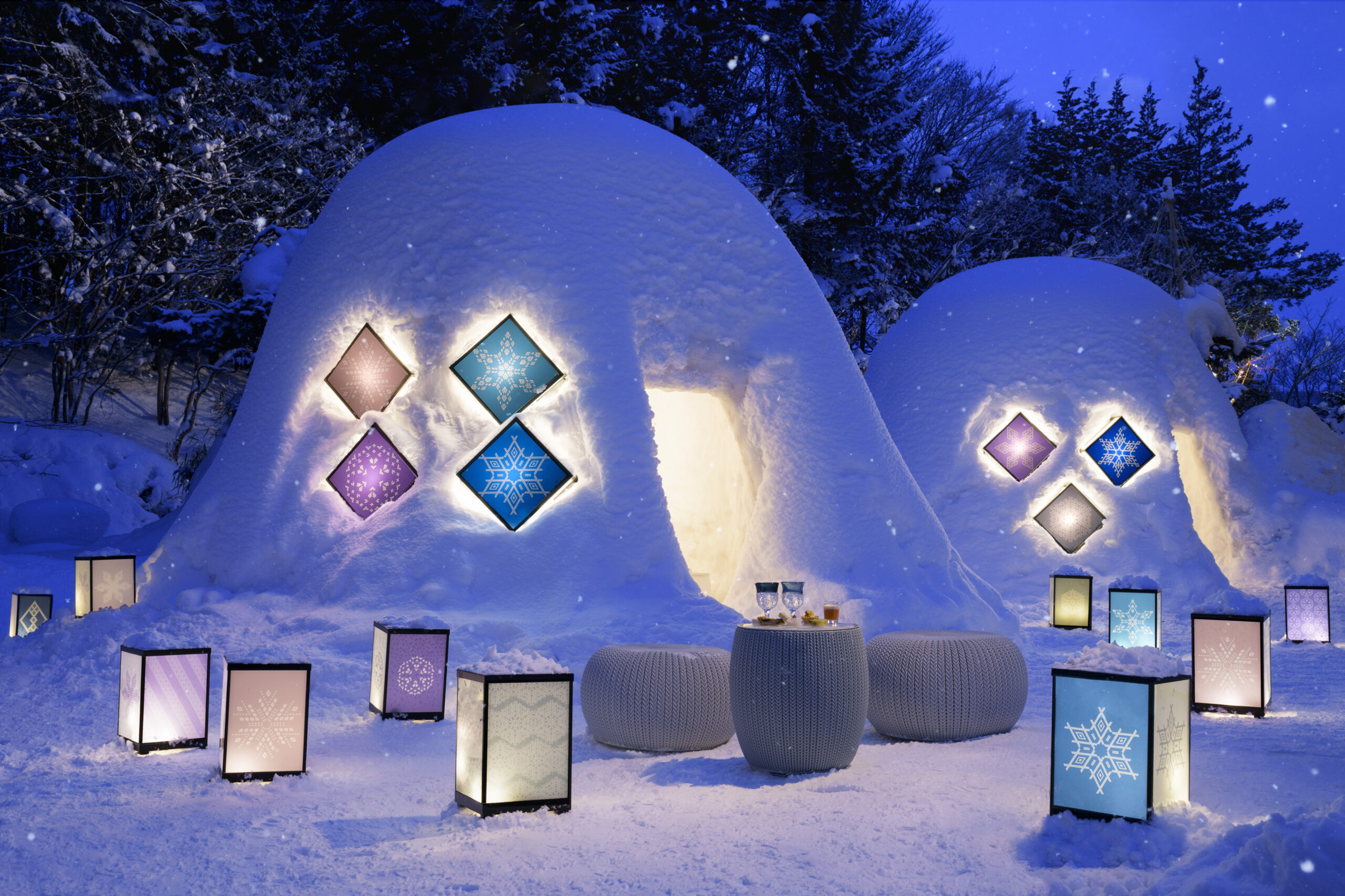
【Tsugaru】Enjoy Oma tuna and local sake in a snow hut at the ‘Tsugaru Nanayuki Kamakura Apero’ – held exclusively in February
The hot spring inn Kai Tsugaru, located in Ōwani Onsen, Aomori Prefecture, will once again host its Tsugaru Nanayuki Kamakura Aperitif event this February, where guests can enjoy Oma tuna and local sake in a traditional snow hut.

Winter Cherry Blossom Illuminations: Enjoy cherry blossoms in winter at Hirosaki Park, Aomori Prefecture
Hirosaki Park hosts the Hirosaki Cherry Blossom Festival annually from late April to early May. Renowned as one of Japan’s three great night-time cherry blossom views and a sight to behold before you die, this popular spot attracts visitors from around the world to witness the simultaneous blooming of approximately 2,600 cherry trees of 50 varieties. To coincide with the peak snow season, the “Winter Sakura Illumination” will be held from Monday, 1st December 2025 to Saturday, 28th February 2026.
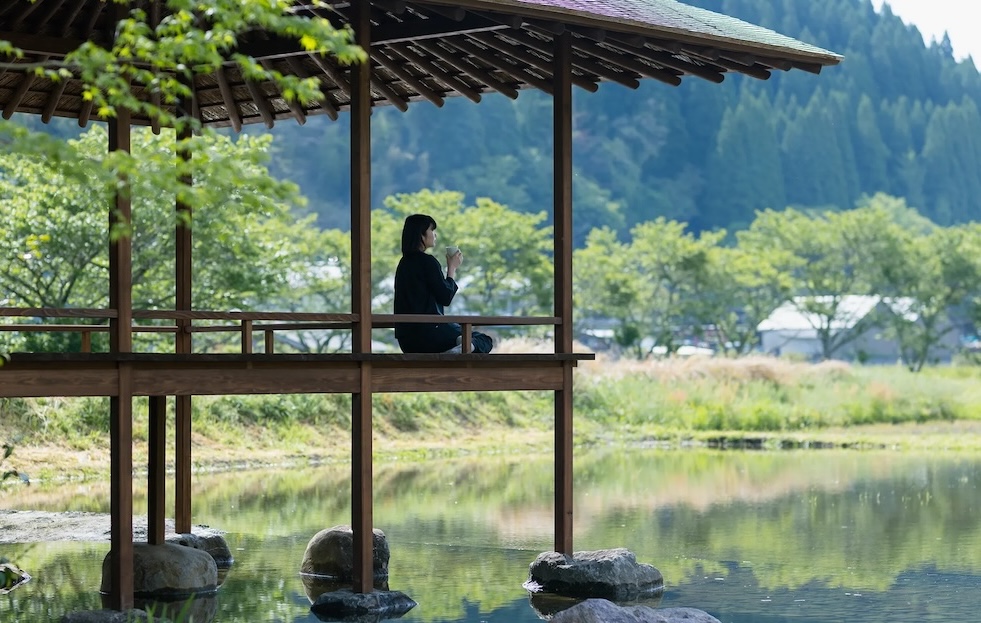
[Minamioguni Town, Aso District]Information on new facilities and refurbished establishments around Kurokawa Onsen
Discover newly opened facilities and refurbished establishments in and around Kurokawa Onsen (Minamioguni Town, Kumamoto Prefecture). Each spot lies within a 5-10 minute drive from Kurokawa Onsen town, making them easy to visit between hot spring hopping. From new ventures by long-established inns to cafés nestled in lush satoyama landscapes and restaurants dedicated to local ingredients, these spots brim with diverse appeal. Explore them as fresh ways to enjoy Kurokawa Onsen.
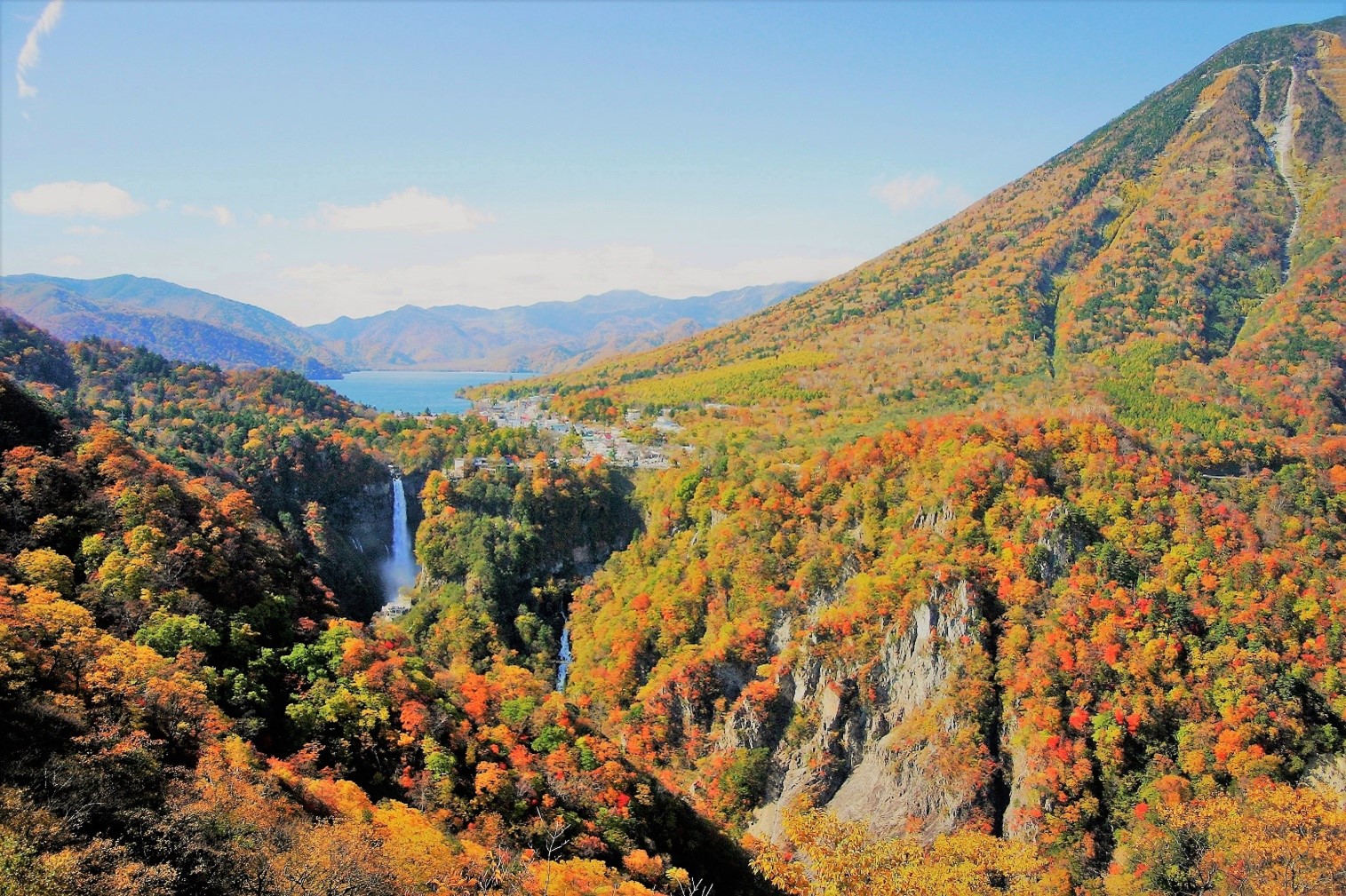
Avoid the traffic and enjoy the autumn colours of Oku-Nikko at dawn: “SPACIA X NIKKO CRUISER’s Early Morning Autumn Foliage Tour” now on sale
From October 2025, we shall commence operations of the high-grade chartered coach ‘SPACIA X NIKKO CRUISER’ as a new secondary transport service within the Nikko area. To commemorate the launch, Tobu Top Tours Co., Ltd. has planned the ‘SPACIA X NIKKO CRUISER Early Morning Autumn Foliage Viewing Journey’, which will go on sale from Friday, 12 September 2025.
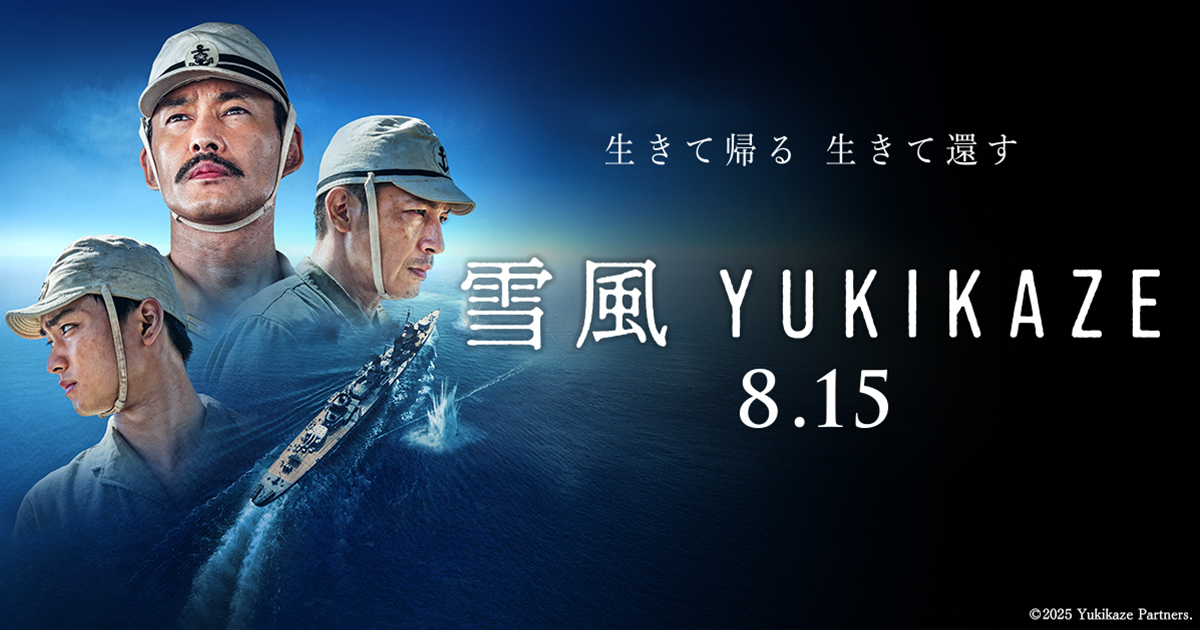
Eighty Years After the War: A Reflection on the Preciousness of Ordinary Life YUKIKAZE – In Theaters Nationwide from August 15, 2025
“To Return Alive, To Bring Others Home Alive”
Opening nationwide on August 15, 2025—marking eighty years since the end of World War II—YUKIKAZE is a feature film based on the true story of the Imperial Japanese Navy (IJN) destroyer Yukikaze, a vessel that rescued countless lives amid the horrors of war. A press screening was held in advance at the Sony Pictures screening room.
The destroyer Yukikaze, which served throughout the Pacific War, was renowned for rescuing numerous sailors thrown into the sea during fierce naval battles, surviving to the end of the war virtually unscathed. It earned the legendary moniker “the lucky ship.” This film brings to life the ship’s heroic journey, alongside the lives of those who persevered through one of the most turbulent eras in modern history.
Leading the cast is Yutaka Takenouchi as Captain Kazutoshi Terasawa—a fictional amalgamation inspired by the real-life captains of Yukikaze. Hiroshi Tamaki portrays Petty Officer First Class Kohei Hayase. Supporting roles are delivered by an ensemble of acclaimed actors including Daiken Okudaira, Rena Tanaka, Kanji Ishimaru, and Toru Masuoka. Kiichi Nakai delivers a commanding performance as Vice Admiral Seiichi Itō, the Second Fleet Commander of the IJN who met his fate aboard the battleship Yamato.
In today’s world, once again shaken by division and violence, YUKIKAZE poses an urgent question to those of us living in the peace that others fought to protect: Are we once again treading the path of past mistakes? As collective memory of the war fades, this film becomes ever more vital—a call to reflect on the true value of peace.
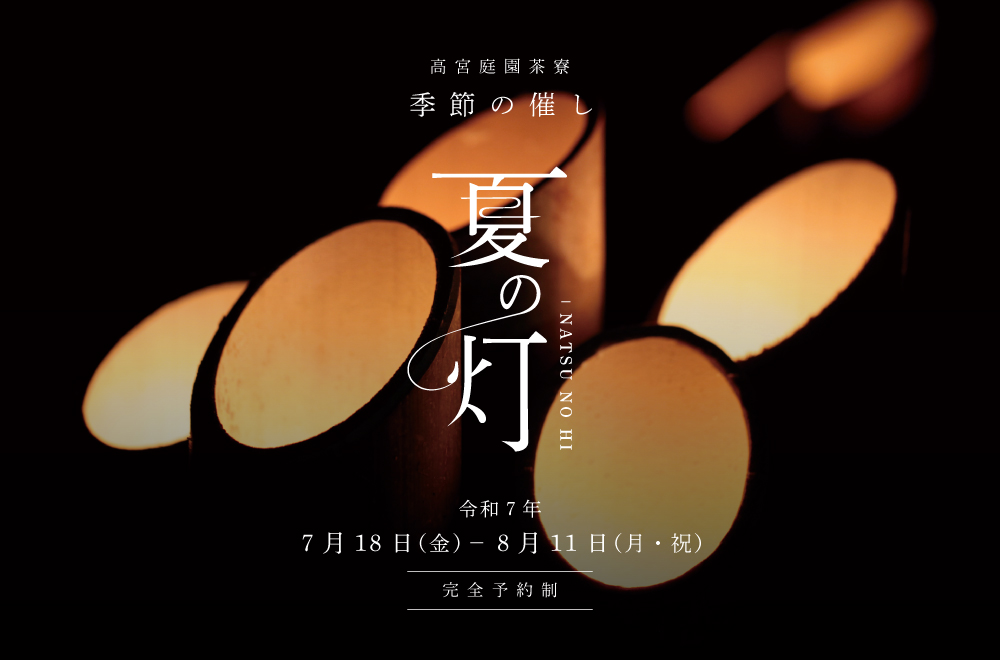
Takamiya Garden Saryo, Minami-ku, Fukuoka City, 18 Jul (Fri) – 11 Aug (Mon, national holiday) Summer event to feel cooler ‘Summer Lights – NATSU NO HI’ Reservations now being accepted.
The Takamiya Teien Saryo will hold its popular seasonal event “Summer Lights” from 18 July (Fri) to 11 August (Mon) 2025.A special dinner course, prepared exclusively for Summer Lights, featuring an abundance of seasonal fish and summer vegetables to bring out the coolness of summer. The meal finishes with shaved ice with matcha green tea, a summery treat. Please enjoy the dishes that gently add coolness to your summer evening in a relaxed atmosphere.
Pick Up
Pick Up


